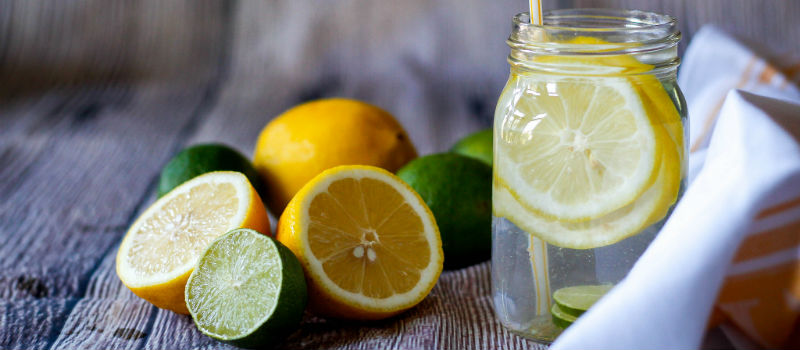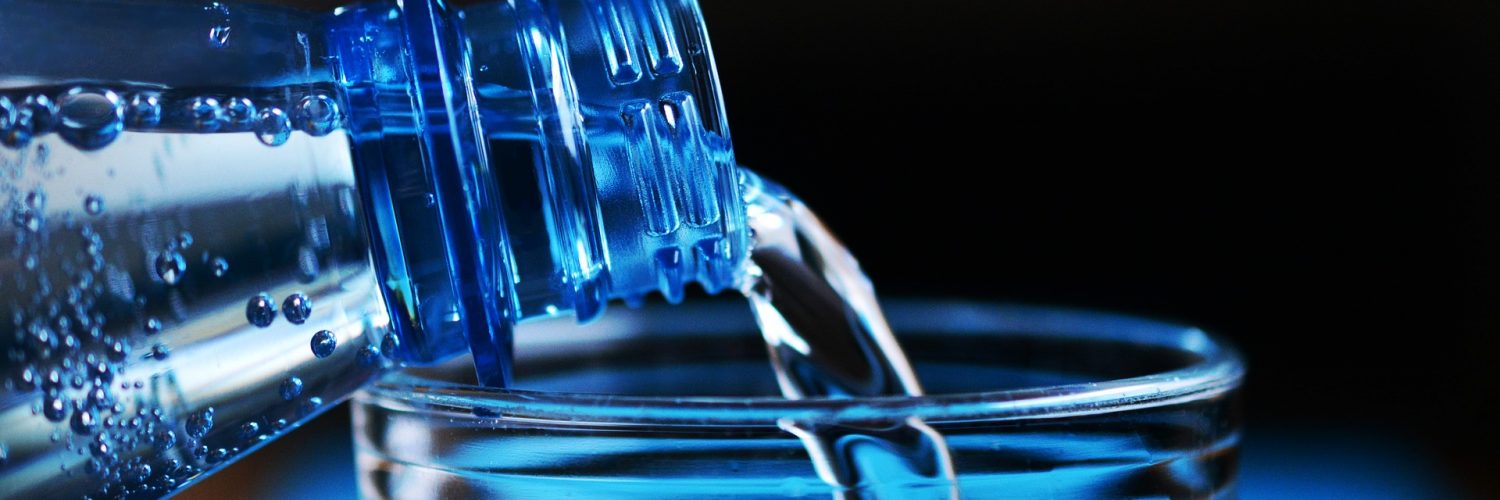When you have kidney stones, you’ll do just about anything to get rid of the pain that some have equated to being almost worse than childbirth. However, some treatment remedies tend to be more effective than others, which means that you should put more focus on these options if your goal is to start to feel better (and get rid of that stone!) as soon as you possibly can.
Increase your water intake
One of the best things you can do for a kidney stone is drink more fluids, which can help the stone pass naturally and without the need for further treatment. According to the U.S. National Library of Medicine, you can do this by consuming enough to help your kidneys produce “at least 2 quarts (2 liters) of urine every 24 hours.” You’ll know you’re drinking enough when your urine is lighter in color.
Additionally, though you may be tempted to use caffeinated beverages to increase your fluid intake, taking this route isn’t advised because it can lead to dehydration. The Library stresses that water is the best option, but if you want something with a little bit of flavor, it suggests that you opt for “ginger ale, lemon-lime sodas, and fruit juices.”

Add some citrus to your diet
Adding a bit of lemon to your water or sprinkling its tart juices on your foods can also help with stones, because it assists your body with breaking down the stone naturally. The way it does this, according to research, is through the citrate in the lemon juice that increases your body’s excretion of calcium oxalates. What does this mean in simple terms?
Lemon helps your body get rid of the stones by essentially dissolving them.
In the future, this type remedy may actually be available in pill form. A 2016 study led by the University of Houston has identified the fruity compound that provides this disintegrative effect. It’s called hydroxycitrate (HCA) and it’s been found to be more effective than the citrate supplements that are often recommended today.

Medical stone elimination options
If the stones are too big, if they’re interrupting your body’s ability to properly eliminate urine, or if the doctor believes that there’s an infection, certain medical procedures may be necessary to get rid of the stones effectively.
The National Kidney Foundation shares that you’ll likely undergo one of four options if you’re dealing with one of the aforementioned scenarios. The options are as follows:
- Shock-wave lithotripsy – This involves using “high-energy sound waves to blast the stones into fragments” so you can pass them without having to undergo a more invasive surgical procedure.
- Ureteroscopy – Using a medical device called an endoscope, the doctor goes into the tube that urine travels through from the kidney to the bladder and either destroys the stone or grabs and removes it.
- Percutaneous nephrolithotomy – If the stone is more than 2 centimeters in size, a small incision is made in your back and the stone is removed through a tube.
- Percutaneous nephrolithotripsy – In this case, the same procedure is followed as with percutaneous nephrolithotomy, the only difference being that the 2+ centimeter stone is broken up into smaller pieces before it is removed.
Of course, kidney stone prevention is always better than trying to find a cure. However, if you do develop a stone, these are some of the most effective treatment options.


